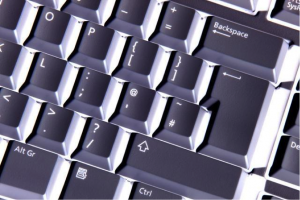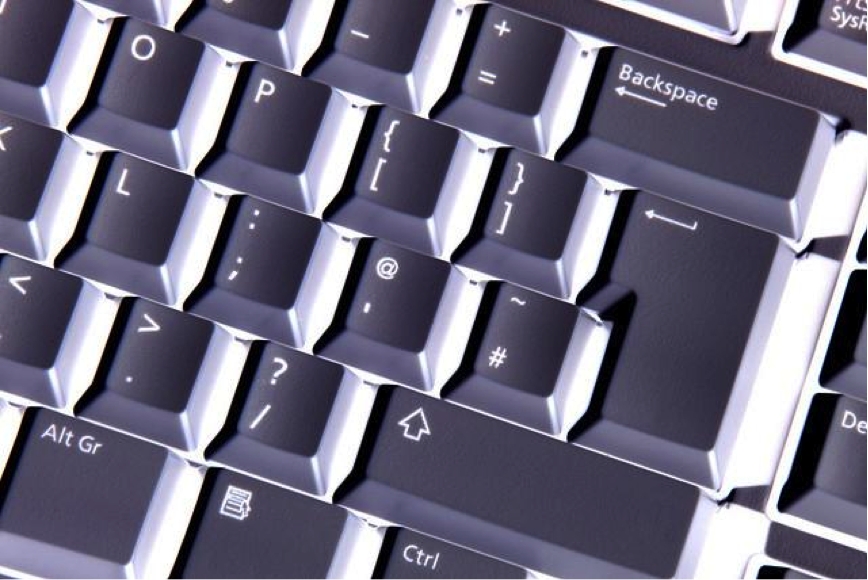
When it comes to computers the debate is ongoing: Mac or PC. While some people are die-hard Apple fans, other computer users remain devoted to Windows. While both sides have their ups and downs, the line is clearly drawn. It doesn’t matter what you choose to use – people have different preferences – but the problem comes when both sides need to work together. Information and files can be tricky to transfer from a Mac to a Windows PC and vice versa because the operating systems aren’t compatible, which is why it becomes confusing and even frustrating when you have to deal with both on a regular basis. That’s where remote desktop services come to the rescue.
What is a Remote Desktop?
Everyone knows what a desktop is for the computer. It’s kind of like home base, where you can access the main functions of your device with ease, but a remote desktop? Imagine being able to access your desktop from your own computer, anywhere. Whether you’re at school or work, you could log on to the computer, and have your desktop come up, complete with all of your files and information. The advantage is clear: setting up a remote desktop connection for your mac, you can access everything on your PC. The same goes for a remote desktop connection from PC to Mac, allowing you to bounce between the two freely.
How to Set Up a Remote Desktop
If you’re wondering how to set up a remote desktop connection for Mac or a personal computer, the process is typically as simple as a few clicks in the system properties menu. This process can become a little more involved, as you may have take some additional steps to configure your router and provide access to other computers. A simpler approach is to use a remote desktop program such as iRapp or TeamVeiwer. These programs are designed to make the connection between Mac and Windows quick and easy, allowing you to transfer data without the fear of data loss, corruption, incompatibility, or any of the other time-consuming headaches you might run into.
The Results Can Be Huge!
The reward for such control is amazing, as it allows people to work with they system they’re more comfortable with, which increases proficiency and efficiency. Another advantage is the remote control of a desktop is that it can cut down on the time it takes for troubleshooting, saving both time and money for the IT crew. It also prevents those little frustrations that occur in business. For instance, perhaps you’ve forgotten your flash drive before a big meeting. With a remote desktop, you can simply log onto your computer from the office and retrieve the necessary files. It allows you to work with both operating systems, and can cut down on the amount of computers your company needs, which makes operating on a budget considerably easier. When you can walk the line between both ends of the technological spectrum, the possibilities become nearly endless.
Featured images:
- License: Royalty Free or iStock source: shutterstock.com
About the Author: Tom Toth is a freelance writer from Lancaster, PA. He has spent many years travelling the country as an entertainer and student. He enjoys writing about travel, education, health and technology
